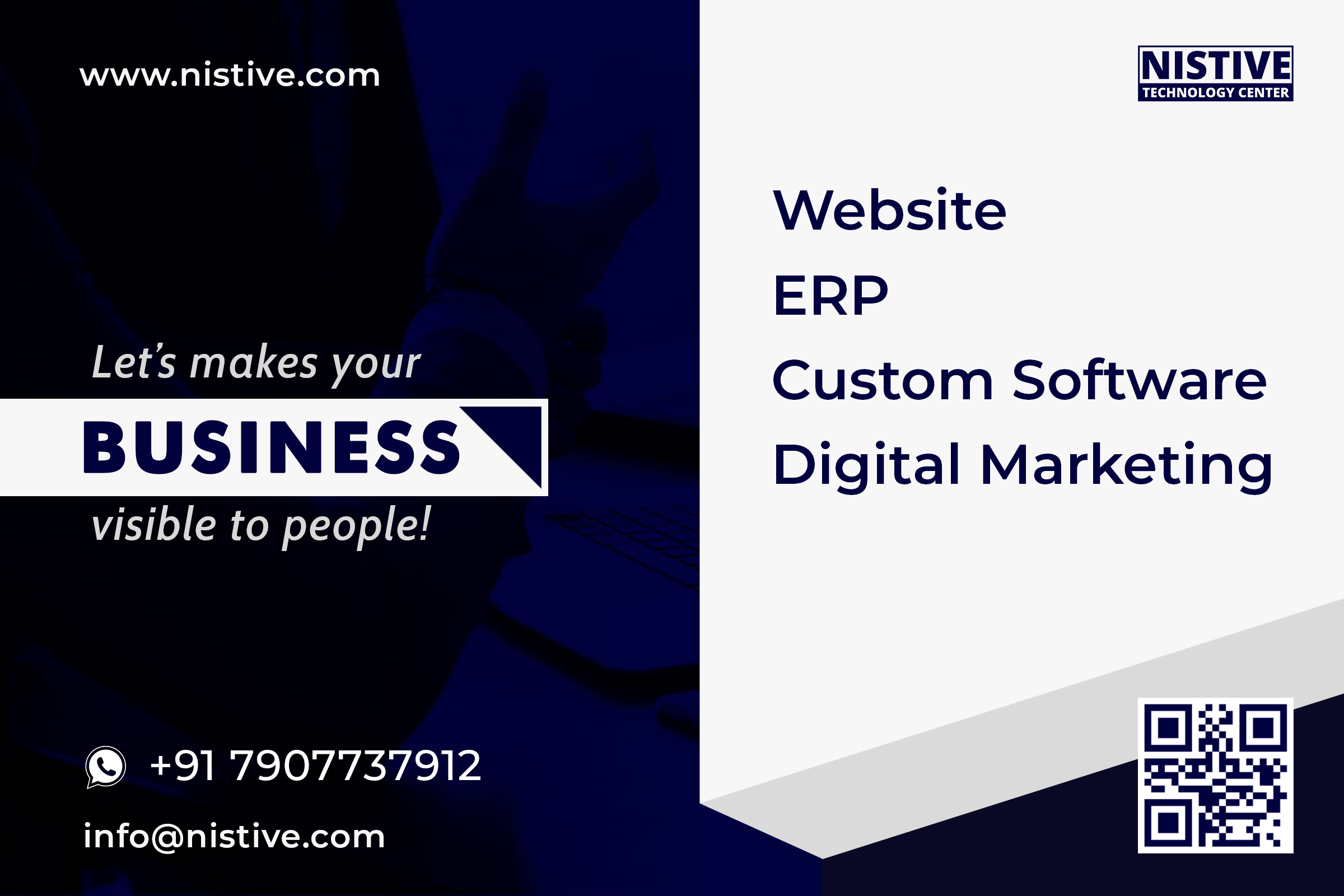The Hydroponics System
Hydroponics is the process of growing plants without a soil base. It is an ancient method that has been used for centuries to grow crops in areas that don't have the right soil conditions. The plants are grown in a nutrient-rich water solution instead. This method is often used in greenhouses, as it allows for year-round growing.

The benefits of hydroponics
Hydroponics has many benefits over traditional agriculture. One of the most obvious is that it uses far less water. With traditional agriculture, water is used to irrigate crops, and also to clean equipment and soil. With hydroponics, water is only used to irrigate crops, which means that less water is wasted.
Another benefit of hydroponics is that it can be done in any climate. Hydroponics can be done in greenhouses, which means that crops can be grown all year round, regardless of the weather. Hydroponics also allows crops to be grown in areas that would not be suitable for traditional agriculture, such as in cities or on rooftops.
Hydroponics also has a number of environmental benefits. Because it uses less water, hydroponics is more water-efficient than traditional agriculture. It also produces less waste, since there is no need to irrigate crops with clean water. Hydroponics also produces less pollution, since there is no need to use fertilizers or pesticides.
How to get started in hydroponics
There are a few things you need to do to get started in hydroponics. The first is to find a place to set up your system. You need a space that is free of clutter and is well-lit. The installation of your hydroponic system comes next. This can be a bit of a challenge, especially if you are new to hydroponics. There are a variety of systems to choose from, so you need to find one that fits your needs. Once your system is set up, you need to add the plants. Make sure to choose plants that are suited for hydroponics. Finally, you need to add the nutrients to the water. This is the most important step, as it determines whether your plants will thrive or not.
Types of hydroponic systems
There are many different types of hydroponic systems, but they all share some common features. In hydroponics, plants are grown in water rather than in soil. The water is either aerated or recirculated to provide the plants with the nutrients they need to grow.
One of the most common types of hydroponic systems is the wick system. In this system, the plants are grown in pots that sit in a tray of water. A wick extends from the pot down into the water, and the plants are able to absorb the nutrients they need from the water through the wick.
Another common type of hydroponic system is the nutrient film technique (NFT). In this system, the plants are grown in channels that have a thin film of water running over them. The plants are able to absorb the nutrients they need from the water in the film.
Aeroponic systems are another common type of hydroponic system. In an aeroponic system, the plants are grown in a container that is suspended in the air. The roots of the plants are sprayed with a nutrient-rich mist, and the plants are able to absorb the nutrients they need from the mist.
Finally, drip irrigation is a type of hydroponic system that is often used in commercial hydroponic systems. In a drip irrigation system, the plants are grown in pots that sit in a tray of water. A tube runs from the pot down into the water, and water is dripped from the tube onto the roots of the plants. This system is efficient because it uses less water than other types of hydroponic systems.
Tips for successful hydroponic gardening
Hydroponic gardening is a great way to garden without soil. If you're new to hydroponic gardening, here are a few tips to help you get started:
- 1. Choose the right plants. Not all plants are suited for hydroponic gardening. Choose plants that are designed to grow in water.
- 2. Choose the right container. You'll need a container that can hold water and has a hole in the bottom for drainage.
- 3. Choose the right growing medium. You'll need a growing medium to help the plants grow. Some common types of growing mediums include rockwool, perlite, and vermiculite.
- 4. Choose the right nutrients. Plants need nutrients to grow. You'll need to add nutrients to the water to ensure your plants get the nutrients they need.
- 5. Use the right pH balance. The pH balance of the water is important for the plants. You'll need to adjust the pH balance to ensure the plants get the most out of the water.
- 6. Monitor the water temperature. The water temperature is important for the plants. Make sure to keep the water temperature in the correct range for the plants you are growing.
- 7. Keep the water clean. Make sure to clean the water regularly to keep the plants healthy.
- 8. Keep an eye on the plants. Make sure to check on the plants regularly to ensure they are growing correctly.
Hydroponics is a great way to garden if you don't have the right soil conditions, or if you want to grow plants in a small space. It is also a great way to garden year-round, regardless of the weather.


